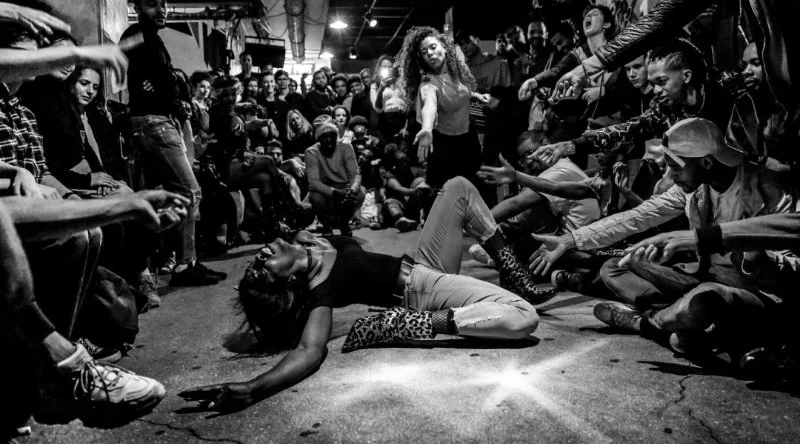
- - What is Voguing?
- - The Five Elements of Voguing
- - The History and Evolution of Voguing
- - How Voguing Influenced Modern Dance and Culture
- - Why Voguing Still Matters Today
1. What is Voguing?
Voguing is a highly stylized and expressive form of dance that originated in the Harlem ballroom scene in the late 20th century. It is characterized by dramatic, angular movements and poses that resemble the glamorous poses seen in fashion magazines like "Vogue," hence the name. Over the years, voguing has grown from a niche subculture into a global dance phenomenon, influencing both the dance world and broader pop culture.
The style emphasizes creativity, individual expression, and performance, often incorporating themes of strength, elegance, and defiance. Voguing has made its way into mainstream media, with appearances in films, TV shows, and performances by artists like Madonna. But what makes voguing stand out is its complexity and its deep connection to LGBTQ+ culture, particularly within the Black and Latinx communities.
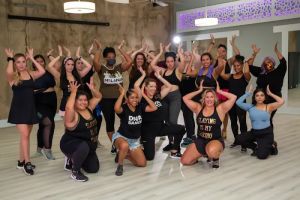
DivaDance® DC / divadance dc
WashingtonDistrict of Columbia
1323 Connecticut Ave NW, Washington, DC 20036, USA
2. The Five Elements of Voguing
Voguing is not just a simple dance; it is a full performance that incorporates five key elements. Each element has its own set of movements, expressions, and history, contributing to the unique and dynamic nature of voguing. These elements are:

The Turning Pointe / turning pointe dance studio
ColumbiaRichland CountySouth Carolina
1030 Harden St, Columbia, SC 29205, USA
2.1. Hands Performance
The hands performance is one of the most defining features of voguing. This element involves intricate hand movements, gestures, and poses, which can symbolize power, grace, or rebellion. The hands are used to express emotions or tell a story, often making a dramatic statement during a performance. The precision and fluidity of hand movements are essential to mastering voguing.
2.2. Catwalk
The catwalk in voguing mirrors the runway walks seen in fashion shows. It’s a slow, deliberate walk that emphasizes attitude, confidence, and poise. Dancers often strut with their hands in the air, as if they are modeling an outfit, but the movement is often exaggerated and stylized for dramatic effect. The catwalk is the dancer's time to flaunt their individuality, showing off their best moves and gestures.
2.3. Duckwalk
The duckwalk is a signature move in voguing where the dancer crouches low and walks forward in a squatting position, mimicking the movement of a duck. It’s a physically demanding and attention-grabbing element, often used to demonstrate strength and flexibility. The duckwalk serves as a unique aspect of voguing that adds an element of surprise and difficulty to performances.
2.4. Spins and Dips
Spins and dips add fluidity and drama to a voguing performance. Spins are quick turns, while dips involve gracefully lowering the body and then coming back up, often accompanied by a dramatic pose. These moves enhance the storytelling aspect of voguing, allowing the dancer to emphasize certain moments or to build tension in their routine. Precision and control are crucial for executing spins and dips effectively.
2.5. Floor Performance
Floor performance refers to the ability of the dancer to engage with the floor, using dramatic movements such as rolling, crawling, or posing while lying down. It incorporates elements of acrobatics and requires a great deal of flexibility and body control. The floor performance element allows the dancer to show off their skill and add variety to their routine, making it both exciting and impressive to watch.
3. The History and Evolution of Voguing
Voguing emerged in the late 1960s and early 1970s within the Black and Latinx LGBTQ+ communities in New York City, especially in the Harlem ballroom scene. The dancers of these ballrooms often mimicked the postures and poses of high-fashion models, using their bodies to create striking and angular shapes. The dance became an outlet for expression, with each performer bringing their own flair and style to the art.
The rise of voguing as a cultural movement was fueled by its visibility in underground drag balls, where contestants competed in various categories, including voguing. In the 1980s, Madonna's "Vogue" music video brought the style to mainstream audiences, catapulting it into global recognition. Voguing continued to evolve throughout the decades, incorporating elements from other dance styles and pushing boundaries in terms of performance and self-expression.
4. How Voguing Influenced Modern Dance and Culture
Voguing has had a profound impact on modern dance and culture. The style’s influence can be seen in various dance forms, including hip-hop, jazz, and contemporary dance. The dramatic poses, fluid movements, and high levels of self-expression found in voguing have inspired countless dancers and performers around the world.
In addition to its influence on dance, voguing has also shaped broader cultural conversations about identity, gender, and inclusion. It has given voice to marginalized communities, particularly those in the LGBTQ+ and ballroom scenes, allowing them to be seen and heard in ways that were previously denied. Voguing has become a symbol of empowerment, resilience, and defiance, standing against societal norms and celebrating individuality.
5. Why Voguing Still Matters Today
Voguing remains a vital and influential art form. Today, voguing continues to be practiced in ballroom events, dance studios, and across social media platforms, where it inspires new generations of dancers. The 2010s saw a resurgence in the popularity of voguing, especially with the success of the TV show "Pose" on FX, which brought attention to the ballroom culture and its ongoing importance in LGBTQ+ history.
As voguing continues to evolve, its emphasis on self-expression, freedom, and authenticity remains at its core. For many, voguing is more than just a dance; it’s a movement that celebrates life, identity, and the power of performance.
Conclusion
Voguing is more than just a dance style; it is a cultural expression that reflects the complexities and richness of LGBTQ+ life, especially within the Black and Latinx communities. By understanding the five elements of voguing and its history, we can appreciate its significant role in both dance and broader cultural movements.
Whether you're a seasoned dancer or a newcomer to voguing, it offers an exciting and inclusive way to explore creativity and personal expression. If you're interested in learning more or joining the voguing community, visit Creative Edge Dance Studio for classes and events that celebrate the art of voguing and dance!
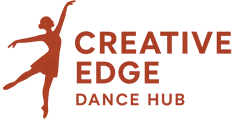
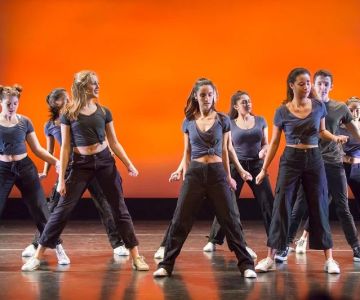
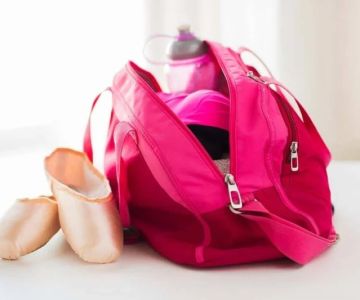
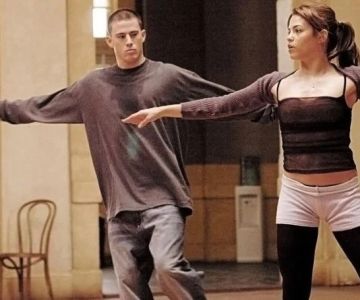
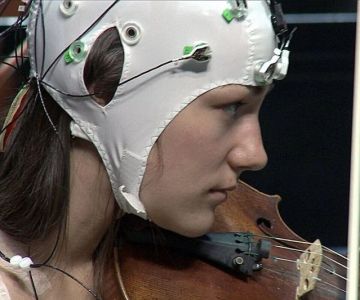
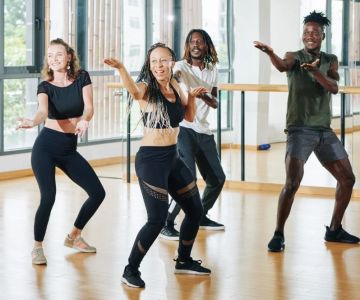

 Pine Bluff Dance Academy3.0 (4 reviews)
Pine Bluff Dance Academy3.0 (4 reviews) Below My Feet Performing Arts5.0 (1 reviews)
Below My Feet Performing Arts5.0 (1 reviews)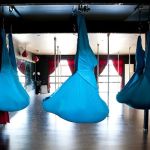 The Shakti Rising4.0 (39 reviews)
The Shakti Rising4.0 (39 reviews)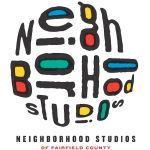 Neighborhood Studios of Fairfield County4.0 (4 reviews)
Neighborhood Studios of Fairfield County4.0 (4 reviews)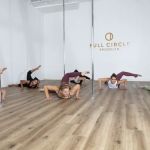 Full Circle Brooklyn4.0 (159 reviews)
Full Circle Brooklyn4.0 (159 reviews) Step 'N Stretch4.0 (63 reviews)
Step 'N Stretch4.0 (63 reviews) How Dance Apps Improved My Skills: A Personal Journey and What Worked for Me
How Dance Apps Improved My Skills: A Personal Journey and What Worked for Me How to Find an LGBTQ+ Friendly Dance Class: Inclusive Spaces for Every Dancer
How to Find an LGBTQ+ Friendly Dance Class: Inclusive Spaces for Every Dancer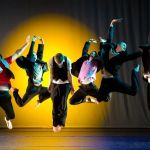 The Relationship Between Music Theory and Dance: How They Complement Each Other
The Relationship Between Music Theory and Dance: How They Complement Each Other How to Create a Vision Board for Your Dance Goals
How to Create a Vision Board for Your Dance Goals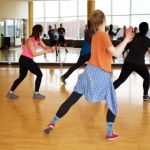 How to Clean Your Dancewear to Keep It Looking New
How to Clean Your Dancewear to Keep It Looking New The Best Online Dance Classes for Beginners According to Reddit
The Best Online Dance Classes for Beginners According to Reddit